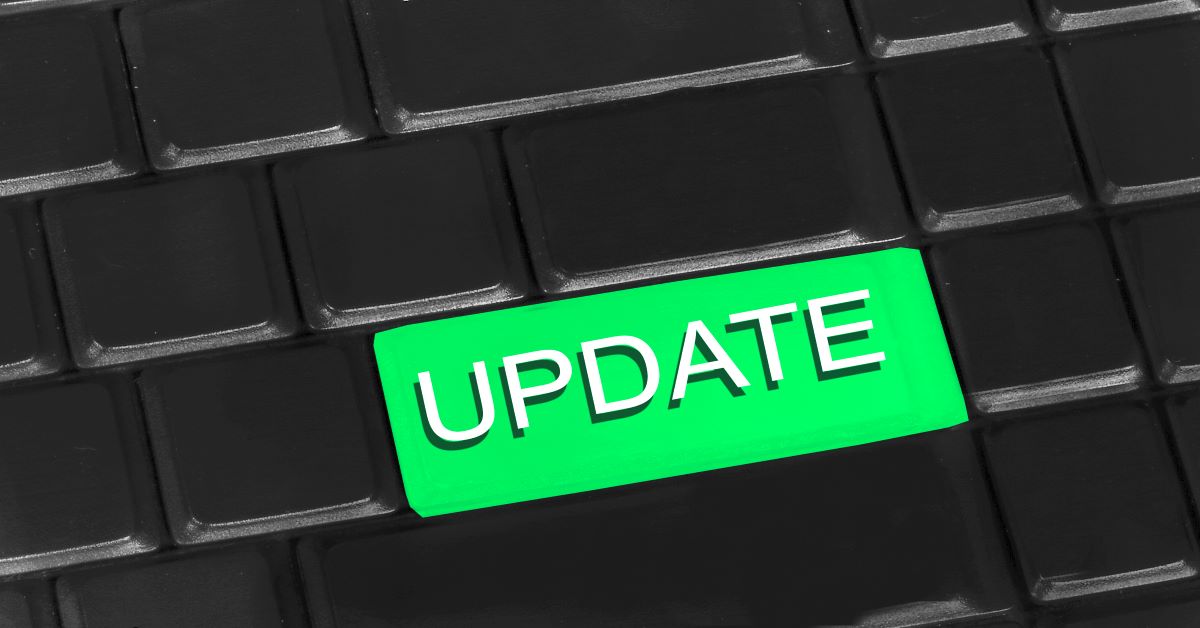03 Jan Review Choice Demonstration for Home Health Services
[vc_row css_animation="" row_type="row" use_row_as_full_screen_section="no" type="full_width" angled_section="no" text_align="left" background_image_as_pattern="without_pattern"][vc_column][vc_column_text]
RCD Moves Forward in Texas and North Carolina
In the latest news for RCD, the choice selection period for Home Health Agencies (HHAs) located in Texas officially began on Jan 15th 2020, and will end on Feb 13th, 2020. HHAs can visit Palmetto GBA’s provider portal here for additional information and details on selection process. The portal guides HHAs through viewing their available choices and making selections. Any HHAs that do not make a choice selection by the February 13, 2020 deadline will be automatically placed in Choice 2: Post payment Review. After the conclusion of the choice selection period, the demonstration will begin in Texas on March 2, 2020, and all episodes of care starting on or after that date will be subject to requirements of the choice selected.











